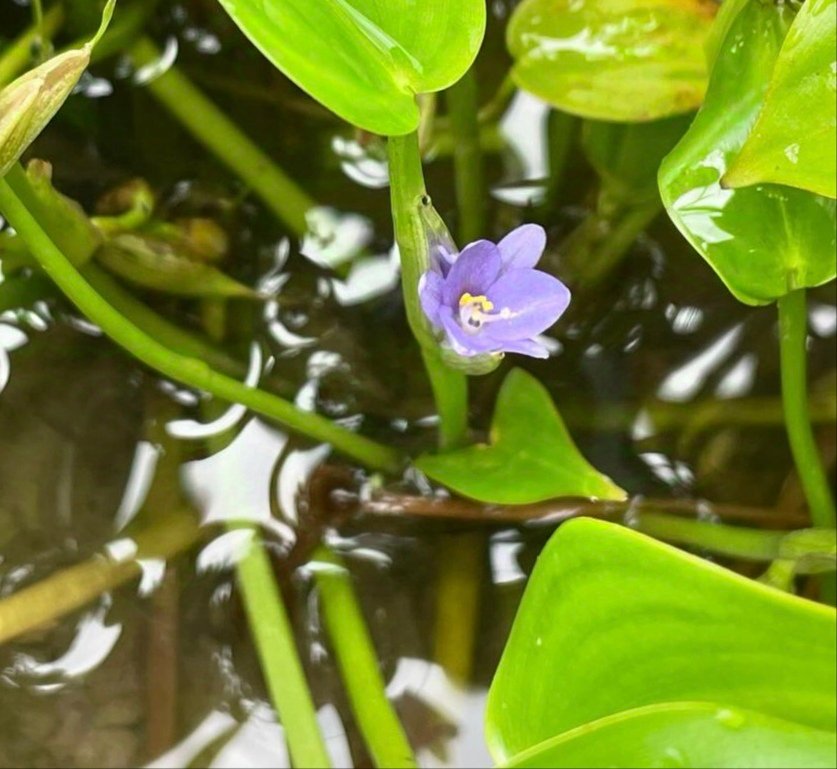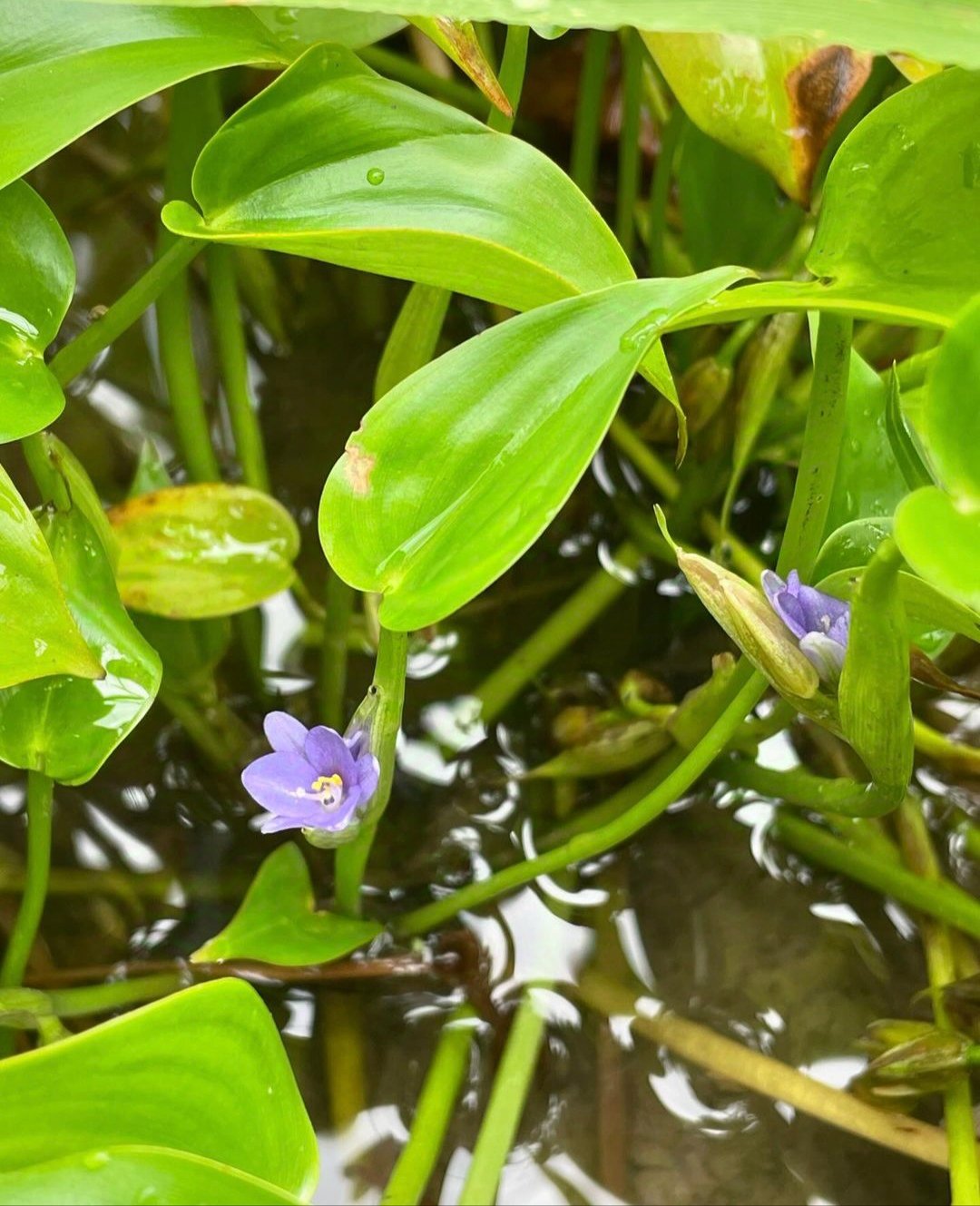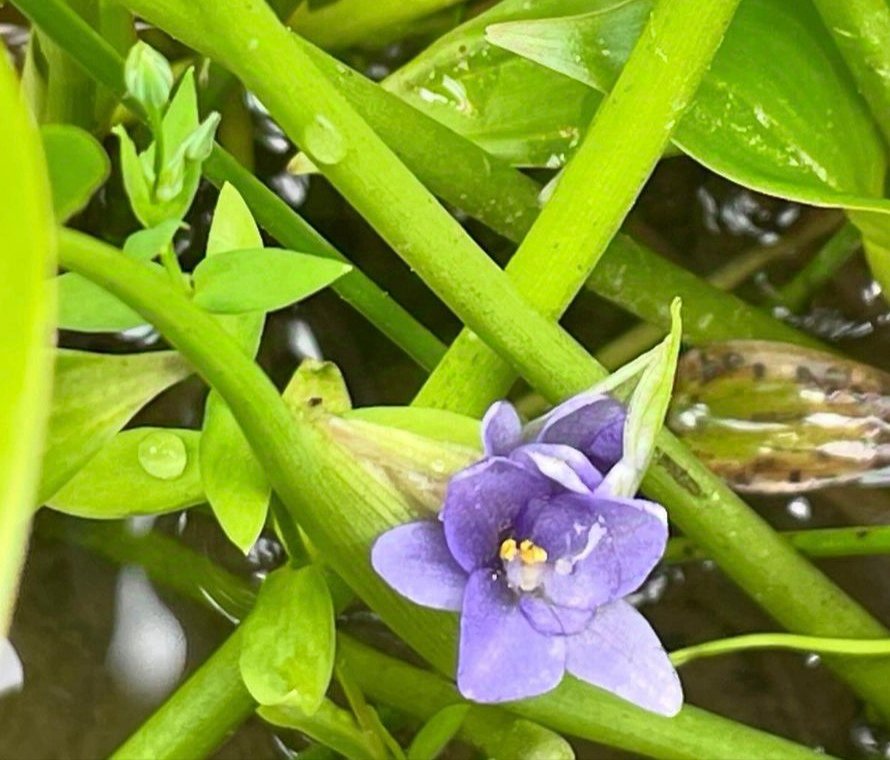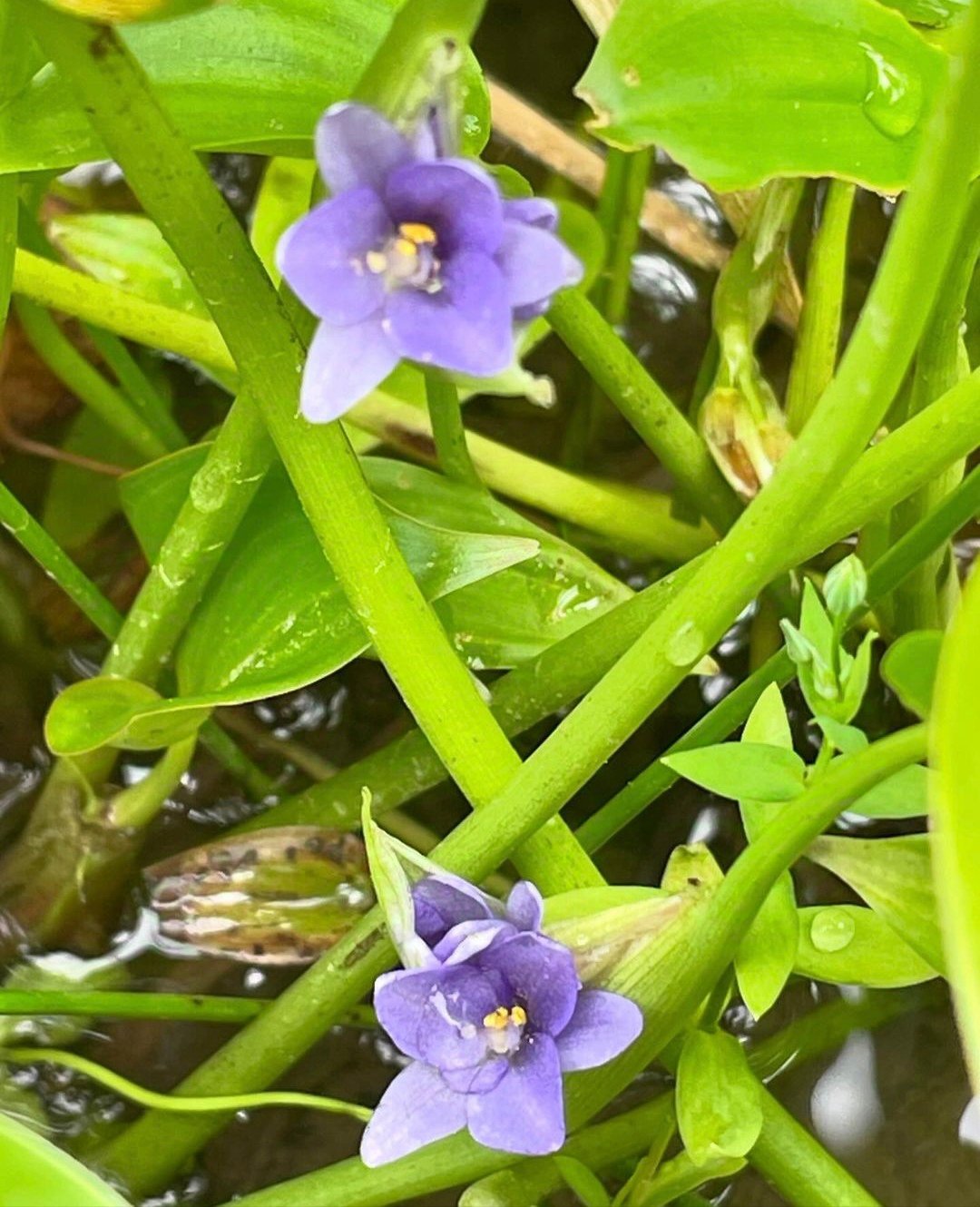Beauty of Heteranthera limosa
0 comments




Heteranthera limosa, commonly known as the Blue Mud Plantain or Duck Salad, is a fascinating aquatic plant celebrated for its delicate flowers and ecological significance. Belonging to the family Pontederiaceae, this species thrives in wetland habitats across parts of North and South America.Heteranthera limosa is a small, creeping aquatic plant with slender, grass-like leaves. Its most captivating feature is its tiny, pale blue to lavender flowers, which typically bloom during the summer. These flowers, though ephemeral, add a touch of vibrancy to wetland environments. The plant’s trailing growth habit allows it to float on water surfaces or spread across muddy substrates.
**This species is predominantly found in shallow waters of marshes, ponds, ditches, and rice fields, preferring areas with slow-moving or stagnant water. It is well-adapted to periodic flooding and drought, making it a resilient addition to aquatic ecosystems.
Erosion Control: Its sprawling roots stabilize the muddy substrate, reducing erosion in wetland areas.Wildlife Support: The plant provides shelter and food for aquatic invertebrates, fish, and waterfowl, especially ducks, which feed on its seeds and foliage.Water Quality: Like other aquatic plants, it helps filter and improve water quality by absorbing excess nutrients.
While primarily valued for its ecological contributions, Heteranthera limosa has practical benefits:Forage Plant: It serves as a food source for wildlife, particularly in areas managed for waterfowl.Ornamental Potential: Its charming flowers make it an appealing addition to naturalized water gardens and wetland restorations.
Despite its adaptability, the habitats of Heteranthera limosa are under threat due to wetland drainage, pollution, and changes in agricultural practices. Protecting wetlands and promoting sustainable water management are essential for ensuring the survival of this species and its ecosystem.Heteranthera limosa is more than just a pretty flower; it is a vital part of wetland ecosystems, contributing to biodiversity and environmental health. Whether you’re an ecologist, gardener, or nature enthusiast, this humble plant deserves appreciation for its beauty and resilience.
Gracias

Comments